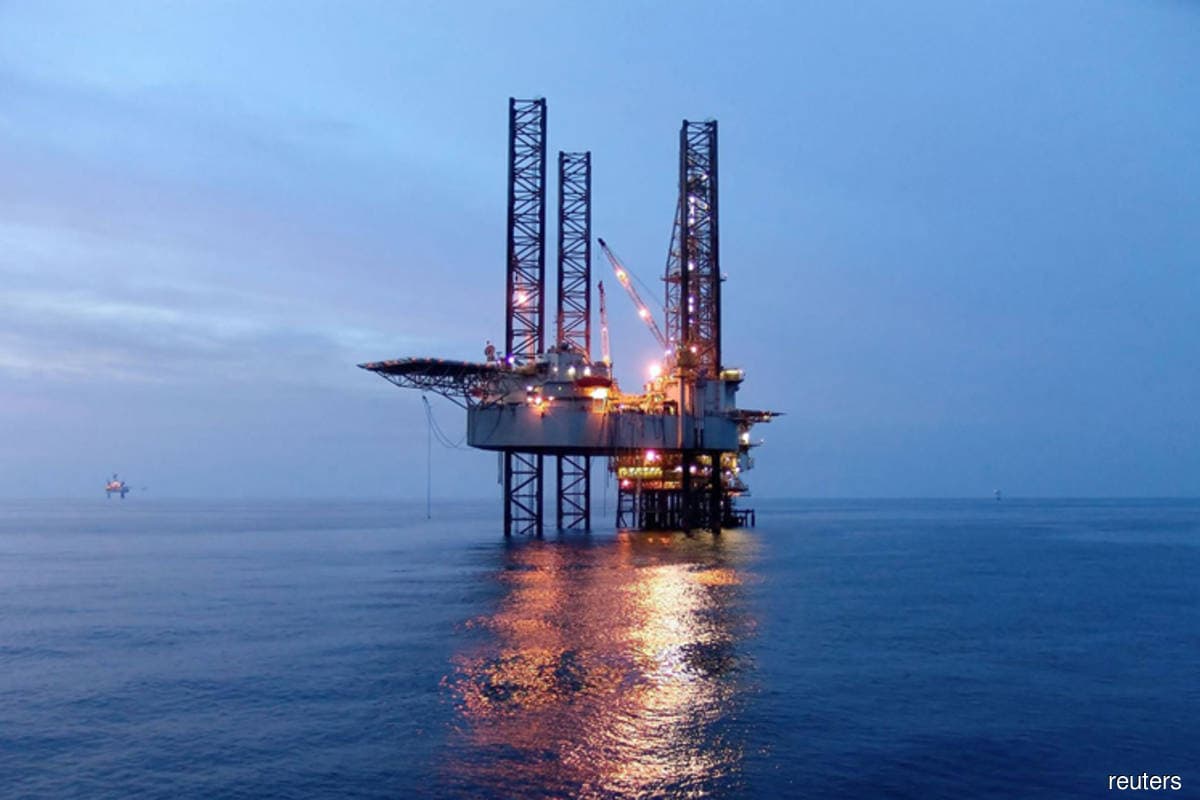
KUALA LUMPUR (Oct 22): The average break-even price for all unsanctioned projects has dropped to around US$50 (RM207.35) per barrel, down around 10% over the last two years, and 35% since 2014, according to independent energy research and business intelligence Rystad Energy.
In an analysis by Rystad published by energy portal oilprice.com yesterday, Rystad said this meant that oil is much cheaper to produce now compared to six years ago, with the clear cost savings winner being new offshore deepwater developments.
“Our cost of supply curve for liquids now reveals that the required oil price for producing 100 million barrels per day (bpd) in 2025 has been in a continuous decline in recent years, with our updated projection showing that an oil price of only US$50 per barrel is needed to keep oil production at this level.
“Previously, in 2014, we estimated that the required oil price for producing 100 million barrels per day in 2025 would be close to US$90 per barrel, an estimate which we then revised in 2018 to around US$55 per barrel,” it said.
Rystad said the updated curve also shows another key trend.
It said from 2014 to 2018, the cost of supply curve moved to the right.
“In 2014, we estimated that the total 2025 liquids potential was only 105 million bpd.
“In 2018, this number increased considerably to around 115 million bpd. However, since 2018, we have revised down the potential to about 108 million bpd, moving the cost curve to the left,” it said.
Rystad head of upstream research Espen Erlingsen said the implication of falling break-even prices is that the upstream industry, over the last two years, has become more competitive than ever and is able to supply more volumes at a lower price.
“However, the average break-even price for most of the sources remains higher than the current oil price.
“This is a clear indication that for upstream investments to rebound, oil prices must recover from their current values,” he said.
Rystad said when it comes to break-even prices and potential liquids supply in 2025 for the main sources of new production, its data shows that from 2014 to 2018, tight oil and the Organization of the Petroleum Exporting Countries (OPEC) came out on top.
In 2014, Rystad estimated the average break-even price of tight oil to be US$82 per barrel and potential supply in 2025 at 12 million bpd.
It said since then, the average break-even price has come down and the potential supply has increased for tight oil.
“In 2018, we estimated an average break-even price of US$47 per barrel and potential supply of 22 million bpd.
“After 2018, the break-even price of tight oil has continued to fall, reaching a current average of US$44 per barrel. However, the potential of tight oil production has dropped from our 2018 estimate,” it said.
Rystad said onshore Middle East is the least expensive source of new production with an average break-even price of around US$30 per barrel.
It said this is also the segment with one of the largest resource potential estimates.
Meanwhile, offshore deepwater is the second cheapest source of new production, with an average break-even price of US$43 per barrel, while onshore supply in Russia remains one of the more expensive resources due to high gross taxes in the country.
Shelf remains the segment with the largest resource potential with 131 billion barrels of unsanctioned volumes, it said.